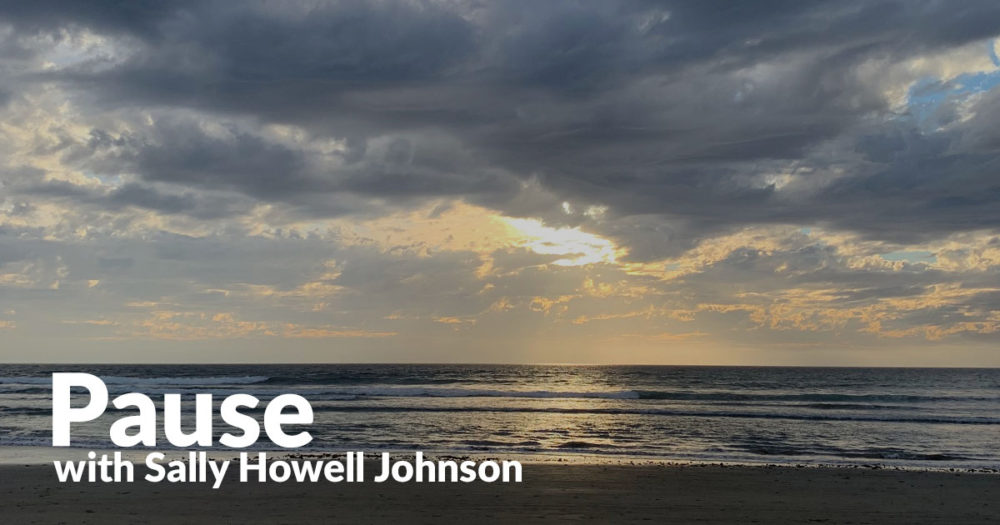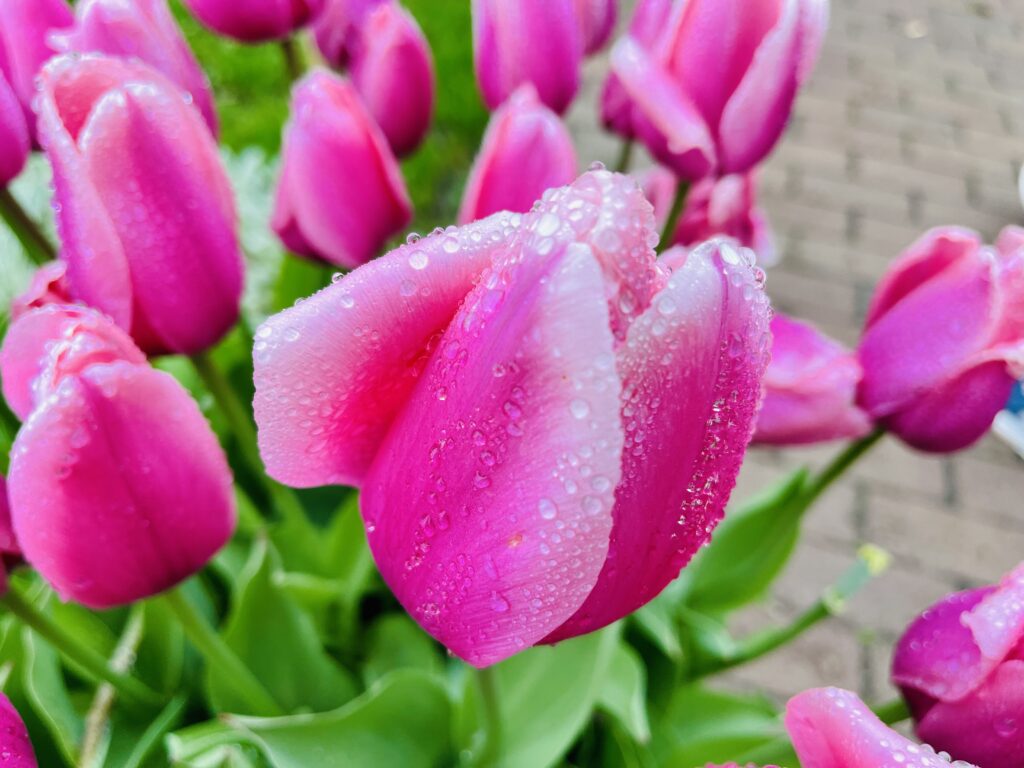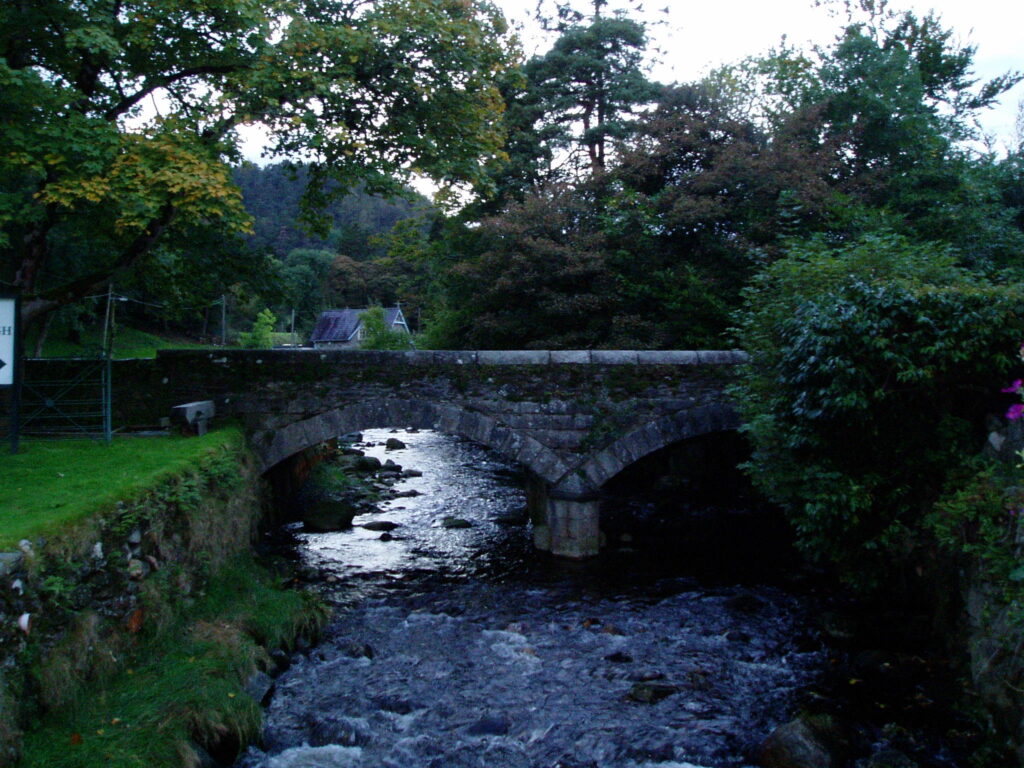“You belong to the world, animal. Deal with it.”
~Carrie Fountain
Last week William Anders, died, and left this Earth. He had actually left the planet before but as an astronaut on Apollo 8. Anders was the photographer of the photo we now call ‘Earthrise’, the first color image of our home…the place on which we live, travel, work, disagree, war, create, reproduce. The photo was shot on December 24, 1968, a day when those who celebrate would have been knee deep in Christmas preparations. Yet, this photo stopped many of us in our tracks and we paused amidst the baking and the wrapping to glimpse the beauty of this whirling blue sphere floating in space.
In listening to people talk about the experience of seeing this photo for the first time, someone said it was a time that changed how we saw the Earth. This is true, of course. But still others, myself included, would say it changed how we saw ourselves. As humans. As those hurtling through the Universe. As those who are so tiny in the grand scheme of things. As those who are sharing this place…no one more, no one less, all vulnerable, all connected by the very fact that we swim together in this amazing blueness.

The year the photo was taken was 1968, and though I was just a young one, I knew that we were living in troubled times. Our country was embroiled in a far-away war that was tearing our country apart. Protests raged on college campuses and at town centers. Robert F. Kennedy and Martin Luther King, Jr. were assassinated. The Civil Rights movement was at the forefront of headlines that, thankfully, resulted in the Civil Rights Act. Families disagreed about all this, my own included. The Viet Nam War remains the only thing my father and I ever argued about. There was distrust and turmoil everywhere. Sounds familiar, doesn’t it?
And into all this arrived this photo which reminded us that we are all in this together, connected by land and water and gravity that holds us all from floating into the skies. It provided, for those with eyes to see, a profound lesson in humility, in compassion, in reverence, in awe. Some say it helped to strengthen the young environmental movement and gave birth to Earth Day. Yet its lessons continued and continue, to elude us. The blindness to human connection and the threat that division brings is still rife on this beautiful planet. As people we so easily forget or choose to live in denial of all that binds us together.
Anders death precipitated this amazing image being in the many places we now receive news. Like it did in 1968, it was sandwiched in between the many ways we struggle and are prone to chaos. I was reminded of a poem written by poet Carrie Fountain. It begins:
You belong to the world
as do your children, as does your husband.
It’s strange even now to understand that
you are a mother and a wife, that these gifts
were given to you and that you received them,
fond as you’ve always been of declining
invitations. You belong to the world. The hands
that put a peach tree into the earth exactly
where the last one died in the freeze belong
to the world and will someday feed it again,
differently, your body will become food again
for something, just as it did so humorously
when you became a mother, hungry beings
clamoring at your breast, born as they’d been
with the bodily passion for survival that is
our kinds’ one common feature. You belong
to the world, animal. Deal with it…
Seeing that floating Blue Marble once again gave me pause to ask myself how I was dealing with it. Do I take my gravitational walk each day with an awareness of all those others grounded by the same force? Do I send them compassion? Do I hold all those fractured places, those equally fractured people, near and far in my heart? Do I do everything I am able to honor those invisible lines of connection that I share with my fellow Earth travelers? Do I guard our one common feature…survival? It is the work we’ve been given and mostly I fail but endeavor to try.
You belong to the world. I belong to the world. Blessed be the memory of William Anders who showed us how precious our Earth home is. May we deal with it with as much care as we would offer our children, our grandchildren, the children and grandchildren of all our fellow travelers. And to all those with whom we walk this day, may we spin more graciously as if the very world depends on it. Because it does.


